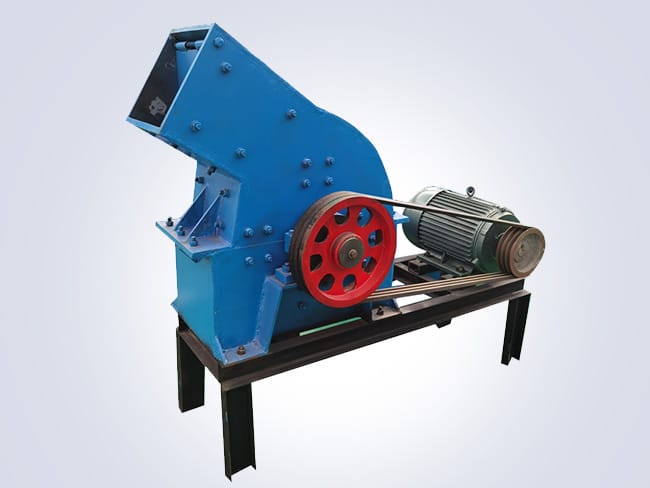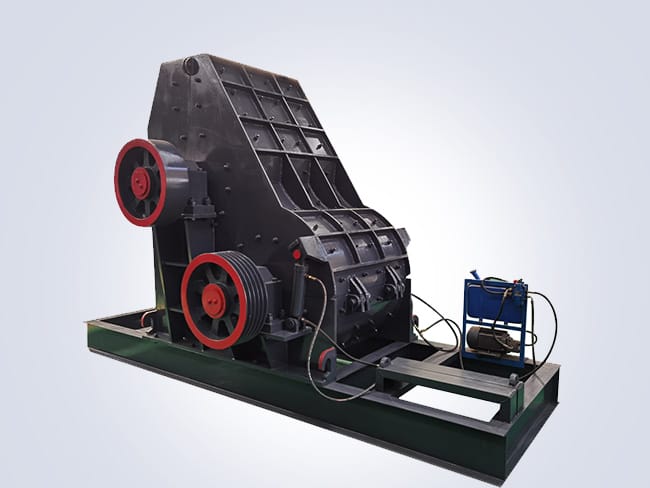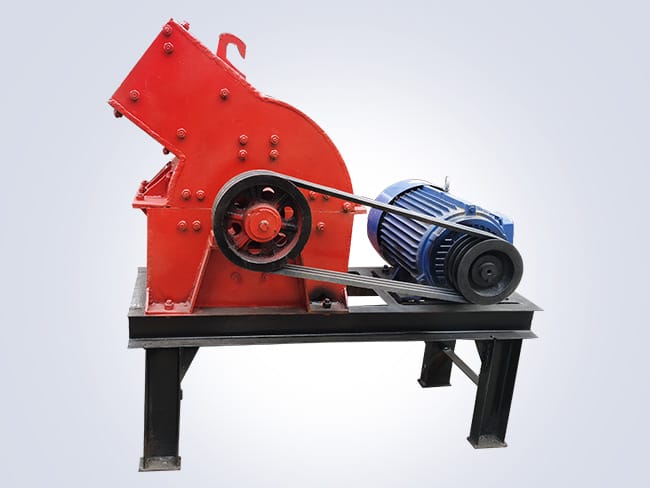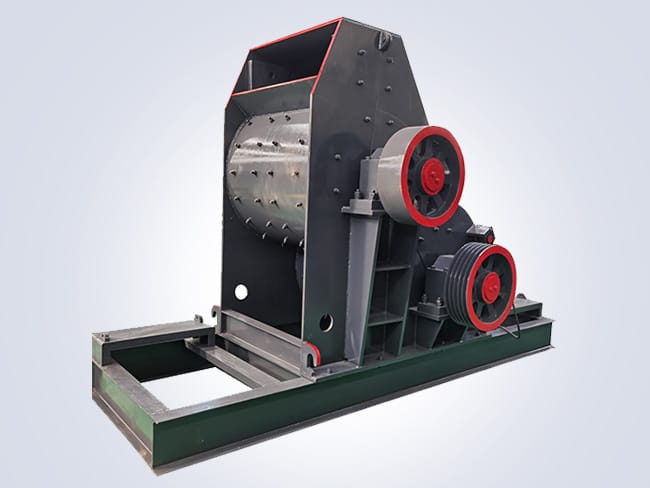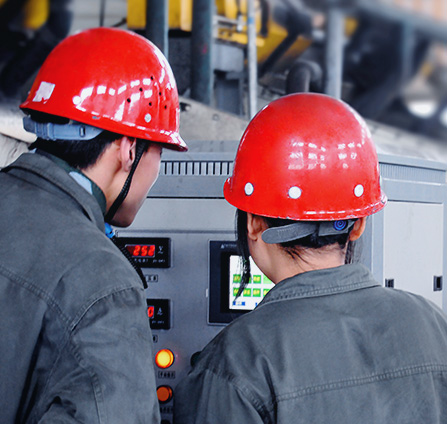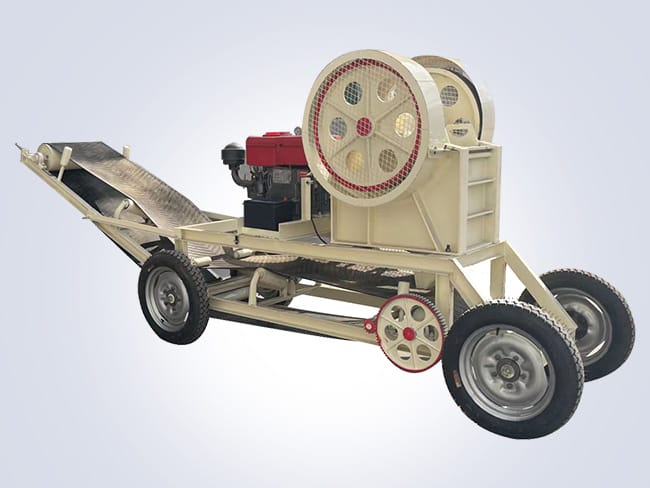
Jaw crushers, as key equipment in fields such as mining, building materials, and chemical engineering, have become the “mainstay” of coarse crushing operations due to their powerful crushing capacity and stable performance. Their core structure comprises a moving jaw, a fixed jaw, an eccentric shaft, and a drive unit. By simulating the chewing motion of animals, they crush materials such as limestone, iron ore, and coal gangue through extrusion, efficiently transforming large raw materials into uniformly sized crushed stones.
Jaw Crusher: The “Steel Giant Jaw” in the Mining and Building Materials Industries
This equipment offers significant advantages: Firstly, it has a simple structure and is easy to maintain, with low costs for replacing components. Secondly, it boasts a large crushing ratio, with a single-processing capacity of up to several hundred tons, enabling it to adapt to high-intensity continuous operations. Thirdly, it has a wide range of applications, being capable of precisely crushing both hard rocks and medium-soft materials by adjusting the gap between the jaw plates. Additionally, modern jaw crushers incorporate intelligent technologies and are equipped with overload protection devices and automatic lubrication systems, further enhancing their safety and service life.
From open-pit mines to urban construction waste disposal, jaw crushers consistently play the role of “guardian of the first process.” With the advancement of green mine construction, energy-efficient and low-noise improved models are gradually replacing traditional ones, providing strong support for resource recycling and sustainable development.





